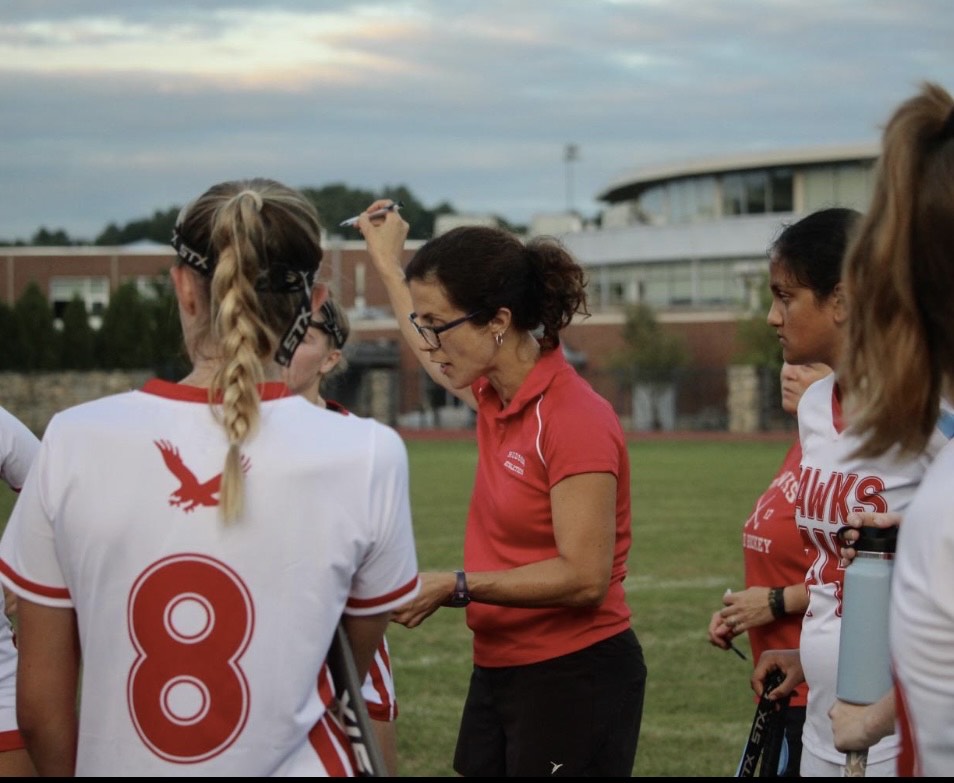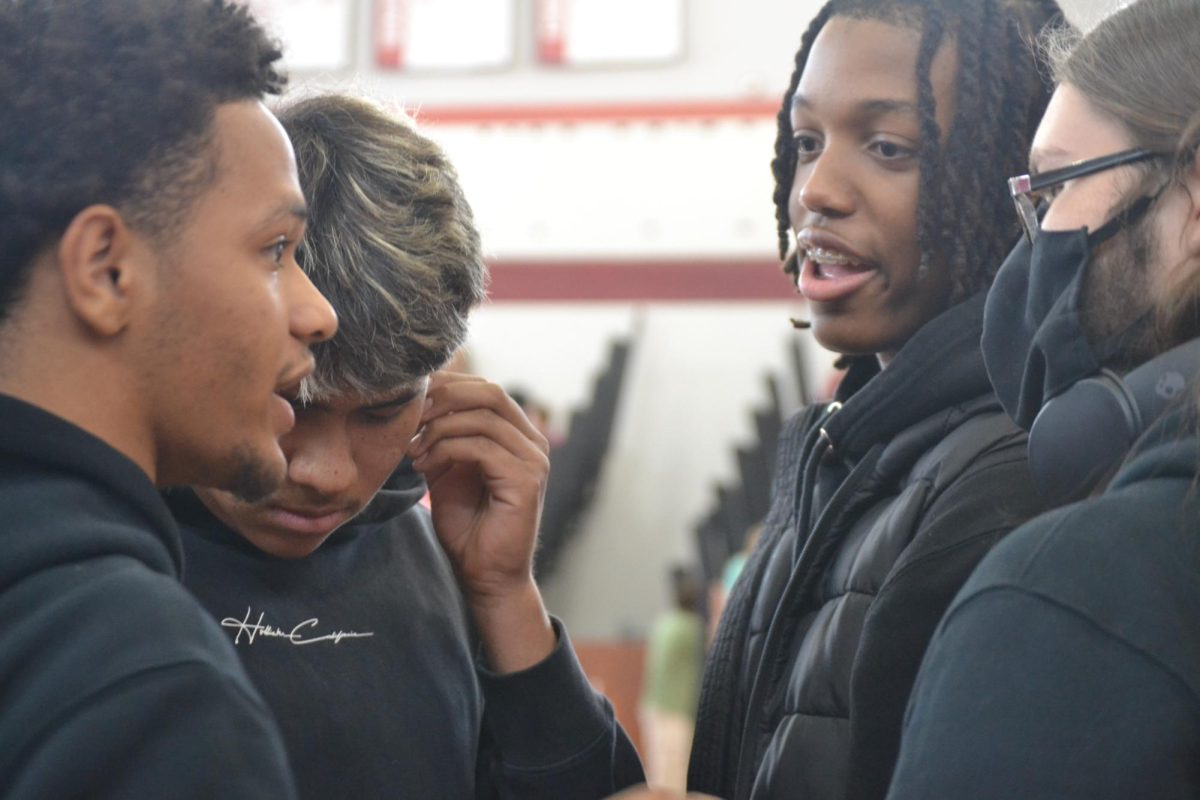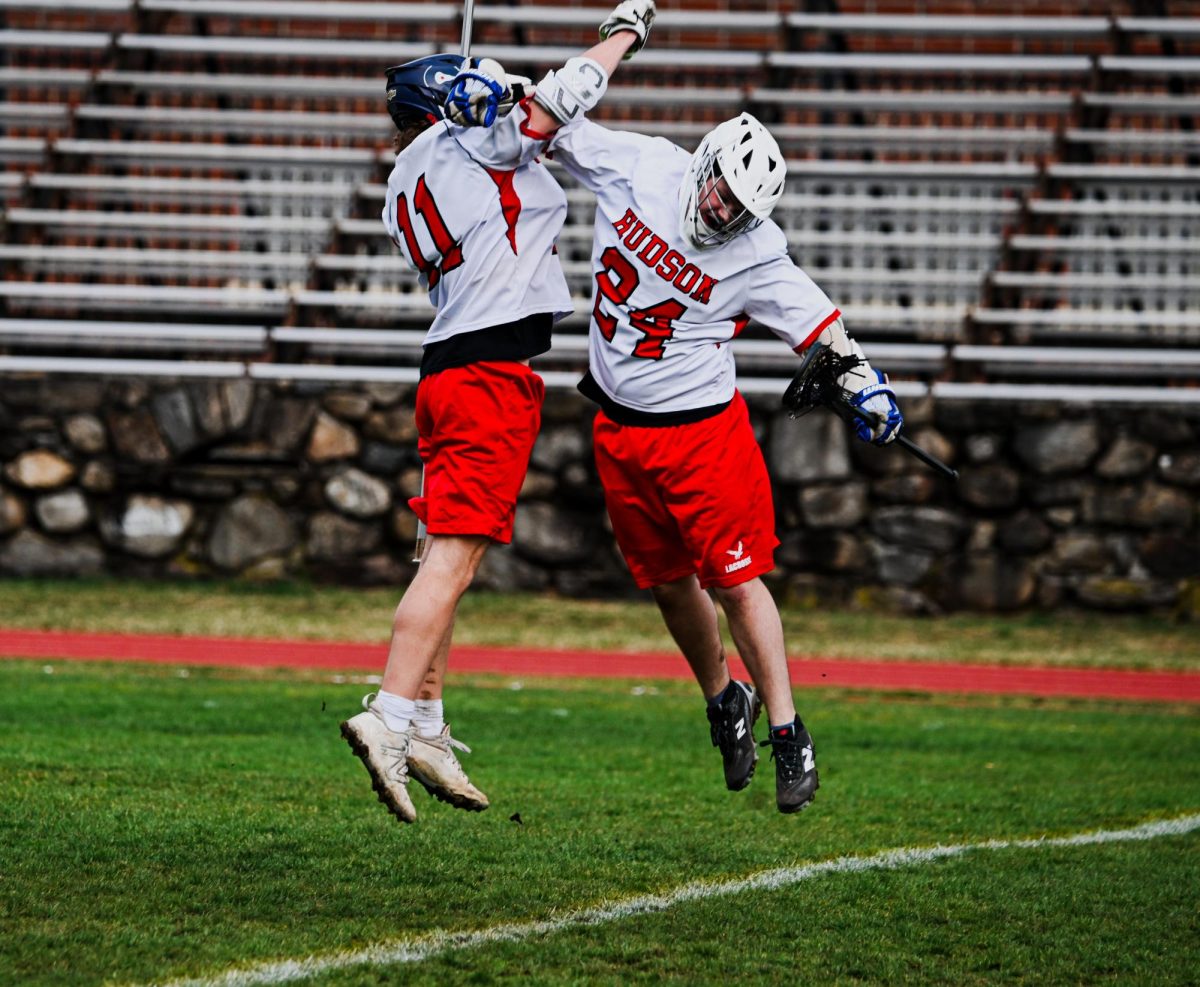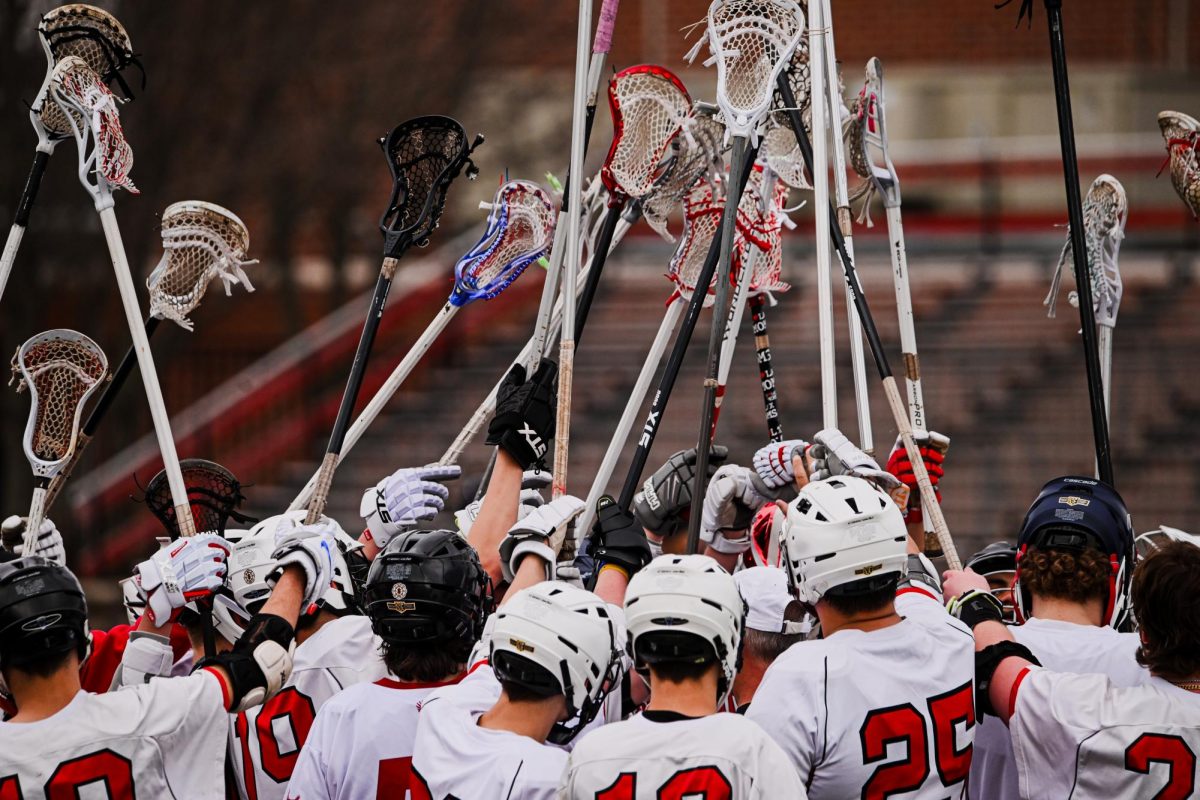by Alex Schley
Many students believe that boys sports receive more funding than girls sports. However the extent of this margin at Hudson High School astounded me, along with many others HHS athletes I spoke with.
Between July 1, 2013, and March 30, 2014, girls sports received $17,933.67, whereas boys teams were granted $46,815.93.
The female athletes I spoke to were very concerned about the difference.
In reaction to this sophomore softball captain Haley Gaffney said, “That’s awful. That’s not even fair.”
“I just didn’t know it was that much,” sophomore Stephanie Hamilton said. “Like I thought it was a couple thousand.”
Many of the female athletes I spoke to all asked the same questions. “Why should they be entitled to more? We’re just as competitive if not more than they are. It just doesn’t add up.”
Determined to get answers to these questions, I sat down with HHS Athletic Director Luis Macedo, and over the course of an hour discussed the ins and outs of the funding program. I soon discovered that the overall numbers were deceiving.
Macedo explained how he develops a financial plan at the start of every year; he estimates the amount of money each team will need. For the most part girl’s and boy’s funding coincide with one another. For example, for the 2013 soccer season the boys and girls teams were each estimated to spend $2,168.However the girls used $1921.72, whereas the boys only used $1643.87. Spencer Fortwangler, the girls varsity soccer coach, requested additional ladders so that he would be able to run warm-ups quicker, and the girls would get the most of their time. Because the team needed this, the ladders were purchased, resulting in the girl’s increased spending.
So why do the boys spend so much more money than the girls? The answer is quite simple when you break it down. Hockey and football. Hockey has always been an expensive sport as a result of the high cost of ice time and equipment. For example, this winter alone the boy’s ice hockey team received $16,316 in funding.
However, one might argue that we also have a girls ice hockey team. So how does this lead to the discrepancy? As a result of lack of participation, the girls hockey team co-opts with Algonquin Regional, Nashoba Regional, and Marlboro. Therefore the finances are spread out throughout four athletic programs. Hudson pays $7,000 for practices, Algonquin also pays $7,000 for game expenses and other fees associated, Nashoba pays for the officials, and Marlboro covers the expenses of playoffs, or as the Massachusetts Interscholastic Athletic Association (MIAA) calls it Tournament. In addition Algonquin, being the home school, provides all of the helmets, pants, and jerseys for the girls ice hockey team. This year alone Macedo had to purchase 24 new shells, the casing that goes over players’ pants so that everyone is matching, which added to the high expenses of the boys team this year.
Football, which was the most expensive sport at $19,005.36, is the largest team; therefore they demand more supplies. In addition, as part of the new concussion regulations passed in 2010 by the Commonwealth of Massachusetts entitled “An Act Relative to the Safety Regulations for School Athletic Programs,” all football helmets are required to be replaced every 5 years because it is such a high impact sport. In addition every helmet of every football player, whether provided by the school or athlete, must be inspected at the start of each season, and those that do not pass must be replaced. As a result, this year alone HHS was required to purchase 12 new helmets for $250 each, costing the program $2,700 just on helmets. Also for sanitary reasons Macedo is required to send each helmet and chest protector away to be cleaned after the end of each season, adding to the total expenses.
Another detail I found interesting through this investigation was that, unlike in college sports, the funds each team receives is not a reflection of the team’s commission.
Finally, new uniforms are not given to boys over girls, or the team with the best record. Every five years varsity uniforms are replaced, for both boys and girls. The old uniforms are then passed down to the next level.
As this investigation shows every team, boys and girls, receives fair funding, and the gender of the athletes plays no role.






![Brazil's Neymar walks onto the pitch during his debut for Santos FC in a Sao Paulo league football match against Botafogo, in Santos, Brazil, Wednesday, February 5, 2025 [Andre Penner/AP]](https://bigredhawks.com/wp-content/uploads/2025/04/Neymar-is-Back-e1743558992671.jpg)
Joshua Otlin • May 2, 2014 at 9:43 am
This is a good piece of investigative reporting, Alexandra. Thanks for taking this on.
There are many other areas of school-life where you could find examples of different sums of money spent on different student groups. For example, the costs of running a pre-engineering class are far greater than the costs of running an English class.
We strive to provide “substantive equity” in funding. In other words, we look to make sure that everyone gets what they need, not that everyone gets the same amount regardless of what they need. We also try to provide what everyone wants but since it is impossible to provide everyone with what they want at the same time, we do try to do in a cyclical manner, like the way we replace sports uniforms on a cycle.